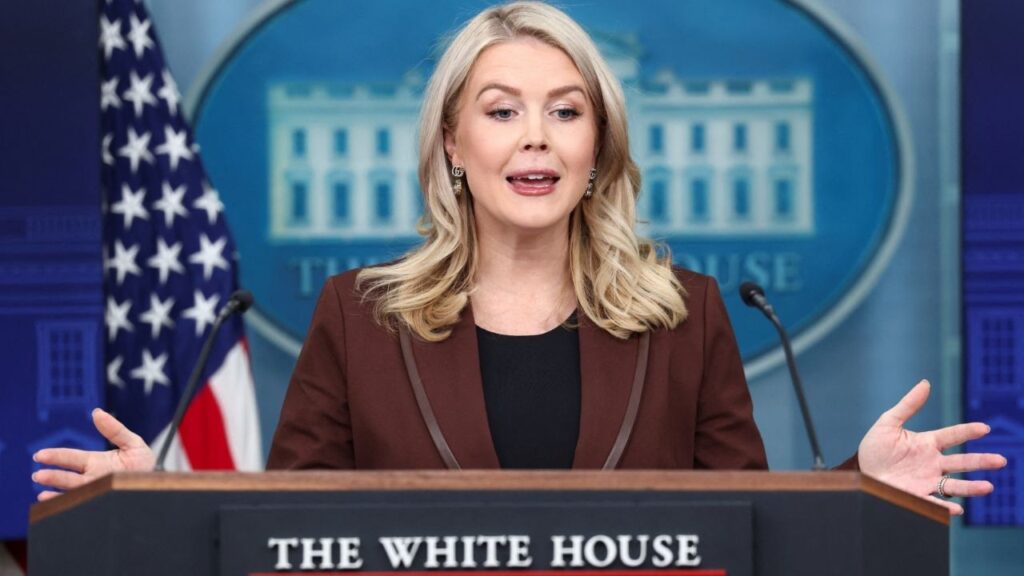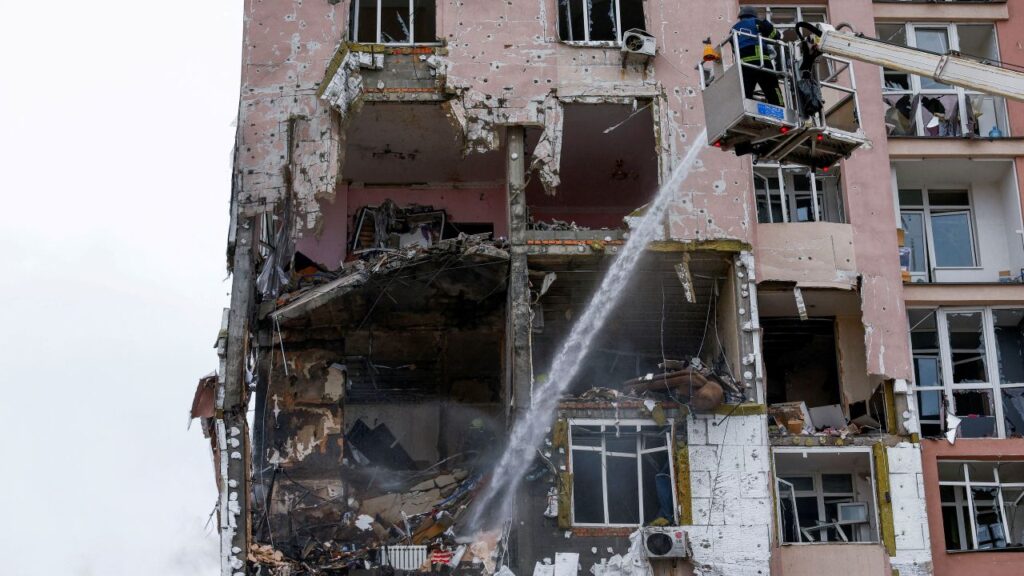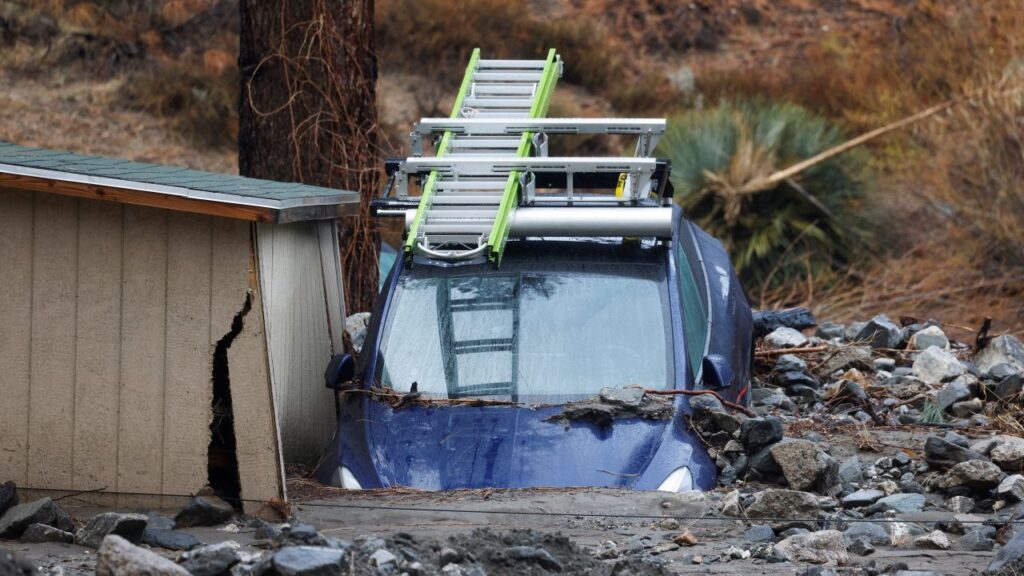Share
WASHINGTON — Setting the stage for a possible power struggle with President Donald Trump, governors around the U.S. began collaborating on plans Tuesday to reopen their economies in what is likely to be a drawn-out, step-by-step process to prevent the coronavirus from rebounding with disastrous results.
In Italy, Spain and other places around Europe where infections and deaths have begun stabilizing, the process was already underway, with certain businesses and industries allowed to reopen in a calibrated effort by politicians to balance public health against their countries’ economic well-being.
World leaders are ultimately pinning their hopes on widespread tests, technology and a coordinated approach to ease the restrictions that have slowed the outbreak but strangled economies.
While the crisis is far from over in the U.S., the doomsday scenarios that many were predicting just two weeks ago have not come to pass, raising hopes from coast to coast.
California Gov. Gavin Newsom, who has joined a coalition with his West Coast counterparts in Oregon and Washington, said he would announce a detailed plan Tuesday for lifting virus restrictions, using “science to guide our decision-making and not political pressure.”

The Effects of the Lockdowns and Other Restrictions Were Made Plain by the International Monetary Fund
A similar coalition has taken shape in the Northeast, encompassing Connecticut, Delaware, Massachusetts, New Jersey, New York, Pennsylvania and Rhode Island.
“The house is still on fire,” New Jersey Gov. Phil Murphy said. “We still have to put the fire out” but also ”make sure this doesn’t reignite.”
Trump, who has repeatedly expressed his desire to see the U.S. reopened for business quickly, and at one point said he would like to see churches packed on Easter, insisted over the weekend that he has “total” authority to decide how and when to loosen restrictions in the country — a notion considered at odds with the Constitution, which largely delegates such matters to the states.
New York Gov. Andrew Cuomo, whose state has by far been America’s hardest hit, ridiculed Trump’s assertion as “absurd” Tuesday, saying: “We don’t have a king. We have a president.”
The effects of the lockdowns and other restrictions were made plain by the International Monetary Fund, which projected that the world economy will suffer its worst year since the Great Depression in the 1930s, shrinking by an estimated 3% this year.
Elsewhere in the world, new infections appear to have leveled off in much of Asia and Europe, including Italy, France, Spain and Germany. Even in New York — where reported coronavirus deaths passed 10,000 on Monday — Cuomo declared the “worst is over if we can continue to be smart.”
The Worst-Case Projections Have yet to Materialize
More than 23,000 people have died of the virus in the United States overall, with close to 600,000 confirmed infections, according to a tally by Johns Hopkins University.
In India, the government extended the world’s largest lockdown on its 1.3 billion people until May 3, and police with batons charged hundreds of jobless migrant workers who crowded a Mumbai railroad station, demanding that special trains be run to take them to their home villages.
In Britain, new data showed hundreds more people died of the virus than have been recorded in the government’s daily tally from hospitals. The dead include a wave of victims in nursing homes.
And China faced a new flare-up along its remote northern border with Russia. The border was sealed.
With social distancing and lockdowns in place across much of the world, the worst-case projections have yet to materialize. But without a vaccine or widespread antibody tests to determine how many people may be immune to the virus, governments fear new outbreaks.
The European Union is looking into creating a COVID-19 smartphone app that could function across the bloc. It would be used to trace infected people’s contacts with others.
“It’s important we don’t end up with a patchwork of 27 corona apps and 27 data protection regimes but coordinate as best as possible,” Heiko Maas, Germany’s foreign minister, told the country’s Funke media group.

South Korea and Israel Have Both Aggressively Used Smartphone Data to Track the Movements of Carriers
Lothar Wieler, head of the Robert Koch Institute, Germany’s disease control center, said constantly exchanging information among countries and institutions about best practices, vaccine studies and protecting vulnerable people is key.
The virus has also forced rival companies to work together. Two of the world’s biggest drug companies — Sanofi Pasteur and GSK — announced they will combine forces to work on a vaccine. And Apple and Google last week announced a joint effort to help public health agencies worldwide use Bluetooth wireless technology to trace the contacts of infected people.
In China, where new reported cases have dwindled, life is ruled by a green bar-code symbol on a smartphone screen that says a user is symptom-free and can board a subway, check into a hotel or just enter Wuhan, the city of 11 million where the outbreak began in December.
South Korea and Israel have both aggressively used smartphone data to track the movements of carriers. But epidemiologists say contact tracing must be combined with widely available testing, which has been lacking in places like the United States and Britain.
In Europe, officials pointed to positive signs as they started to reopen their economies.
In parts of Italy, where the day-to-day count of infections has been trending downward, bookstores, stationery stores and shops selling baby supplies were allowed to open. Forestry workers, needed to clear dead trees ahead of the summer fire season, also returned to work.
More Than 1.9 Million Infections Have Been Reported and Over 120,000 People Have Died Worldwide
In Spain, where the official death toll rose to over 18,000, the country’s main epidemiology institute found an additional 1,500 “unexpected deaths” since mid-March after it studied mortality rates.
Spanish workers returned Monday to some factory and construction jobs. Stores and services were still closed, and the government required office workers to keep working from home.
In Austria, hardware and gardening stores reopened Tuesday. Chancellor Sebastian Kurz said the government is monitoring new infections closely, and “if the figures develop in the wrong direction, we will, of course, pull the emergency brake.”
In Britain, which started its lockdown later than the rest of Europe, new infections and deaths were still rising. Britain as of Monday reported more than 11,300 deaths of COVID-19 patients in hospitals. But the head of one of the country’s biggest nursing home operators said Tuesday that the number of infections and deaths among the elderly is much higher than official reports.
More than 1.9 million infections have been reported and over 120,000 people have died worldwide, according to Johns Hopkins University. The figures understate the true size of the pandemic, because of limited testing, uneven counting of the dead and concealment by some governments.



















